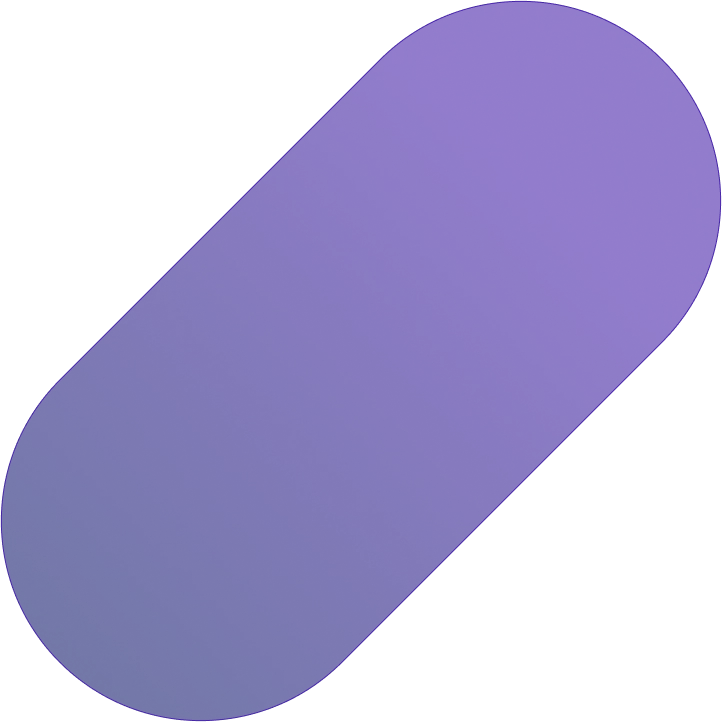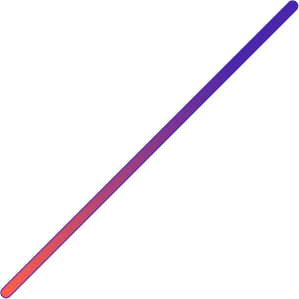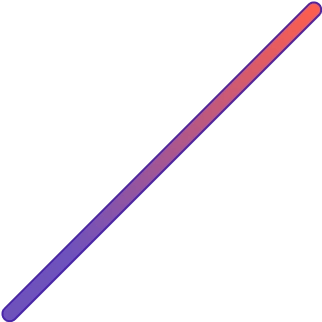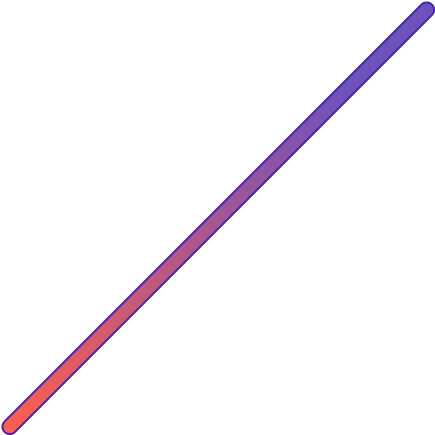Accelerate sales growth across your organization

Increase sales productivity by 148%
From large baskets to high volumes, CloudSense is built to scale to the most complex business models.
Improve sales conversion rates
Dynamic deal scoring helps you prioritize the deals that will be most profitable and likely to convert.
Increase average order value and margin
Guided selling provides dynamic message to help complete the order capture process and enable cross-sells and up-sells.
Close more deals with Quick Quoting
Send indicative quotes to customers or prospects and free up time for your sales team to focus on converting more leads.
Increase sales productivity through automation
Automate sales processes and remove unnecessary admin and reliance on manual spreadsheets.
Reduce the length of your B2B sales cycle
Arrive at the ideal price quicker, shortening sales cycles and with less manual intervention.
How does your current sales platform compare to CloudSense?
See CloudSense in action
With complex quotes taking hours - even days - proposals filled with errors and deals requiring months until close, CPQ is considered to be a B2B must-have in an already cumbersome sales tech stack.
CPQ reduces the bottlenecks associated with complex selling, letting you create bespoke product and service bundles to suit all of you customers' needs, quickly and at the right price.
Enable your sales team to convert more deals with Quick quote functionality
Send indicative quotes to customers or prospects using CloudSense's QuickQuote capability, for budgeting or forecasting purposes. Free up time for your sales team to focus on converting more lead
-
Present a sense of cost at the earliest stage
-
Easily configure solutions with hardware, software and SLAs
-
Generate quotes and email prospects from the CloudSense platform
Learn more about the CloudSense BSS
Transform your sales processes, go to market faster, and unlock operational savings with our fully integrated, end-to-end solution for communications service providers.
- Product Catalog
- Order Management
- Order Fulfillment
- Compatibility Rules Service
Product Catalog
- Launch new commercial offerings to market sooner
- Bundle complex products and services with ease
- Ensure order accuracy with built-in eligibility rules
Create and launch new commercial offerings faster from a single product catalog that manages all your offerings, services, pricing and business rules.

Order Management
- Avoid order fallout and revenue leakage
- Improve sales efficiency no matter the scale or complexity
- Close the order-revenue loop with automation
Capture, automate and fulfill every aspect of an order, and reduce churn with automatic renewal emails to customers promoting personalized offers.

Order Fulfillment
- Automate your order and fulfillment processes
- Simplify change management with in-life and in-flight changes
- Easily combine orders from different channels
CloudSense orchestrates every step of your order fulfillment process, making delivery faster and more efficient, while eliminating errors and reducing costs.

Compatibility Rules Service
- Minimize implementation efforts and improve time to market
- Automatic compatibility rule alerts to ensure accuracy
- Eliminate the need for extensive research on complex orders
Compatibility Rules Service ensures that all items in a solution work together with clear indicators if a product is incompatible with others in the cart.

Have questions? Contact our experts to learn more
We’re committed to your privacy. CloudSense uses the information you provide us to contact you about our relevant content, products, and services. You can unsubscribe from these communications at any time. For more information, check out our Privacy Policy.











We have carried out over 100 successful transformations for some of the worlds largest comms companies
"CloudSense enables our internal and external partners to sell more, easily. By automating our sales processes our lead-to-order time is cut by 25%."
Danielle de Haes, Enterprise CRM Manager
/Original/virgin-O2-1.png?width=200&height=100&name=virgin-O2-1.png)
"With the CloudSense platform we can rapidly introduce sophisticated new solutions and product bundles using a simple user interface, modelling and deployment tools with a single product catalog."
Brendan O'Rourke, CIO
/Original/liberty-global-large.png?width=200&height=100&name=liberty-global-large.png)
"Liberty Global has worked with CloudSense since 2019. Previously, we had struggled with slow quote times and drawn out approval processes since, in absence of an advanced system, they had to be done manually. Since implementing CloudSense, we can provide customer quotes 5 times faster and more efficiently."
.png?width=200&height=103&name=CloudSense%20-%20TelcoDR%20(white%20no%20background).png)














/Black/virgin-O2-black-1.png?width=480&height=240&name=virgin-O2-black-1.png)
/Black/BT-enterprise-black-large.png?width=480&height=240&name=BT-enterprise-black-large.png)
/Black/A1-black-large.png?width=960&height=480&name=A1-black-large.png)
/Black/telstra-black-large.png?width=480&height=240&name=telstra-black-large.png)
/Black/telenet_1-large.png?width=960&height=480&name=telenet_1-large.png)
/Black/liberty-global-black-large.png?width=480&height=240&name=liberty-global-black-large.png)







